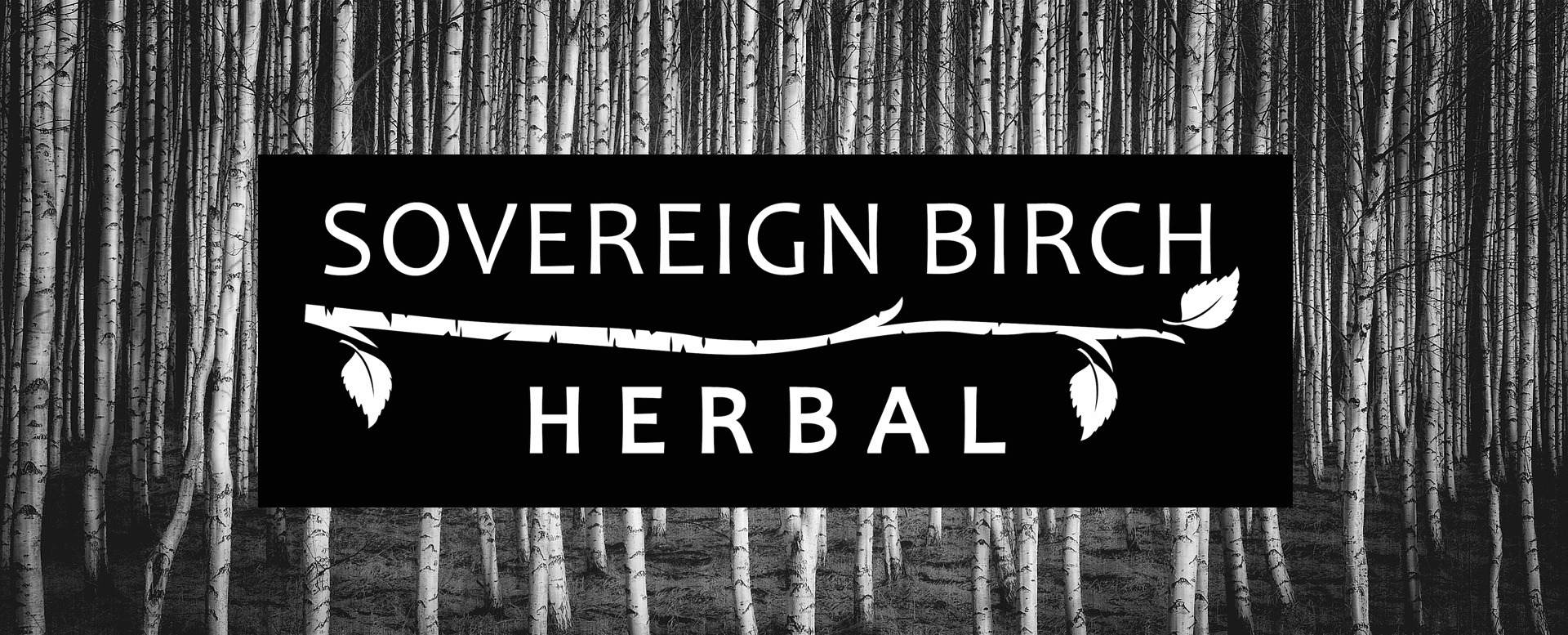The Basics
Botanical (Latin) and Common Name[s]
Solidago spp., of the family Asteraceae
Goldenrod, golden rod, goldruthe, solidago, золотарник/zolotarnik
Parts Used Aerial parts, flowers, leaves
Taste[s]
Bitter, aromatic, astringent
Energetic Qualities
Warm, drying, tonifying
Tissue/Organ Affinities
Tissue: Atrophy, Damp
Organs: Kidneys, urinary system
Eliminatory pathways through skin
Digestive system
Actions (Foundational and Clinical)
Analgesic, anticatarrhal, anti-inflammatory, antilithic, antimicrobial, antispasmodic, aromatic, astringent, carminative, diuretic, urinary antiseptic, vulnerary, stimulant, diaphoretic
Preparations
Infusion
Long infusion
Tincture
Salve
Oil
Contraindications and Cautions (if any)
Goldenrod is not actually responsible for seasonal allergies! Its pollen is too heavy to be air-borne, making goldenrod strictly insect-pollenated. The true culprit is ragweed, which flowers at the same time.
Working with Goldenrod
Goldenrod, long maligned as the cause of all one’s seasonal allergy woes, is a native to both Europe (the single Solidago virga-auera species) and North America (forty to sixty species, according to Wood, with Solidago canadensis considered the official medicinal.) The various species “seem” interchangeable (Wood again), and many of the North American species have naturalized in Europe after being brought over as ornamentals, though European herbalists prefer their original native. Grieve notes that the leaves and flowers yield a yellow dye, and that when bruised, goldenrod smells like wild carrot. (Having not recently smelled wild carrot, I can neither confirm nor deny this.)
Goldenrod in the literature is primarily concerned with supporting the kidneys and the urinary tract system as a whole. Wood talks at length about goldenrod as the herb of choice when the kidneys are exhausted, especially in conjunction with illness, and others call for goldenrod when there are kidney stones, due to goldenrod’s ability to break them down and help them pass. Supporting exhausted kidneys might relate to goldenrod’s reputation as an “herb of trudging”, providing support during difficult, exhausting times when one’s only option is to just slog through until reaching the other side. Goldenrod’s aromatic oils grant a powerful antimicrobial action to deal with urinary tract infections, as the oils remain whole all the way through the body.
As a diuretic, goldenrod can help the kidneys clear out excess water and in doing so help relieve low back pain; topical applications of goldenrod-infused oil can also assist with low back pain, this time in conjunction with goldenrod’s action as an anti-spasmodic. Weiss talks about goldenrod almost exclusively in terms of addressing acute nephritis, noting that the standard medical treatment of ‘consume nothing but water’ in order to stimulate the kidneys is insufficient to address the issue, but that adding a diuretic like goldenrod is necessary to prompt the kidneys to resume elimination.
As an anti-inflammatory, goldenrod can help both the urinary tract, soothing the pain of a UTI during the healing process; and the digestive tract, including the mouth, where golden also functions as a wound-healer for issues like oral abscesses, heartburn, and stomach ulcers. Skin issues can also benefit from this wound-healing action! Wood recommends goldenrod as an answer to conjunctivitis, as well as any allergic reaction that reddens the eyes. Goldenrod’s ability to dry up soggy mucus membranes make it a welcome ally against seasonal allergies, as well as against colds and flus. Hoffman cites goldenrod as key in dealing with upper respiratory catarrh, when combined with herbs like echinacea and strong lymphatic stimulants.
Wood claims that goldenrod’s indications as an herb to address menstrual complaints have not been developed, but Grieve speaks of warm infusions as helpful for painful menstruation and delayed menstruation. Looking at goldenrod’s actions over all, I think its ability to relieve low back pain, connected to the diuretic action on the kidneys, make it a reasonable choice during menstrual trouble, and feel that the indications are already there: bloating, low back pain, and exhaustion associated with menstruation. Boericke, writing in 1901, also notes fibroid tumors among the so-called “female” complaints that this plant can address.
For myself, I worked with goldenrod primarily in its form of ‘an herb of trudging’, particularly when I worked myself up to and began apartment hunting, as well as continued to deal with my mother’s estate issues. As both a short and long infusion, I found the taste agreeable and didn’t mind drinking the tea; the tincture I worked with when traveling or if I forget tea prep! I noticed the diuretic action, but failed to pay attention during the menstrual cycle for benefits to low back pain. I find myself reaching for the tincture on days I suspect will be long, to pulse dose it to help get me through.
Boericke, William. Boericke’s Materia Medica. 1901. ACCESSED: https://www.henriettes-herb.com/eclectic/boericke/solidago.html
Grieve, M. A Modern Herbal, vol.1. 1971, originally 1931.
Hoffman, David. Holistic Herbal: A Safe and Practical Guide to Making and Using Herbal Remedies. 1990.
Swift, Katja, and Ryn Midura. Herbal Medicine for Beginners: Your Guide to Healing Common Ailments with 35 Medicinal Herbs. 2018.
Weiss, Rudolf Fritz, M.D. Weiss’s Herbal Medicine. 2001, originally 1985.
Wood, Matthew. The Earthwise Herbal, Volume I: A Complete Guide to Old World Medicinal Plants. 2008.

This is exactly what I needed to read today. <3 Thank you for sharing this!
My life is full of "trudging" and I could definitely use some support from this beautiful plant. The way it blooms in autumn reminds me of the sun's last bright rays before the seasons turn to winter.